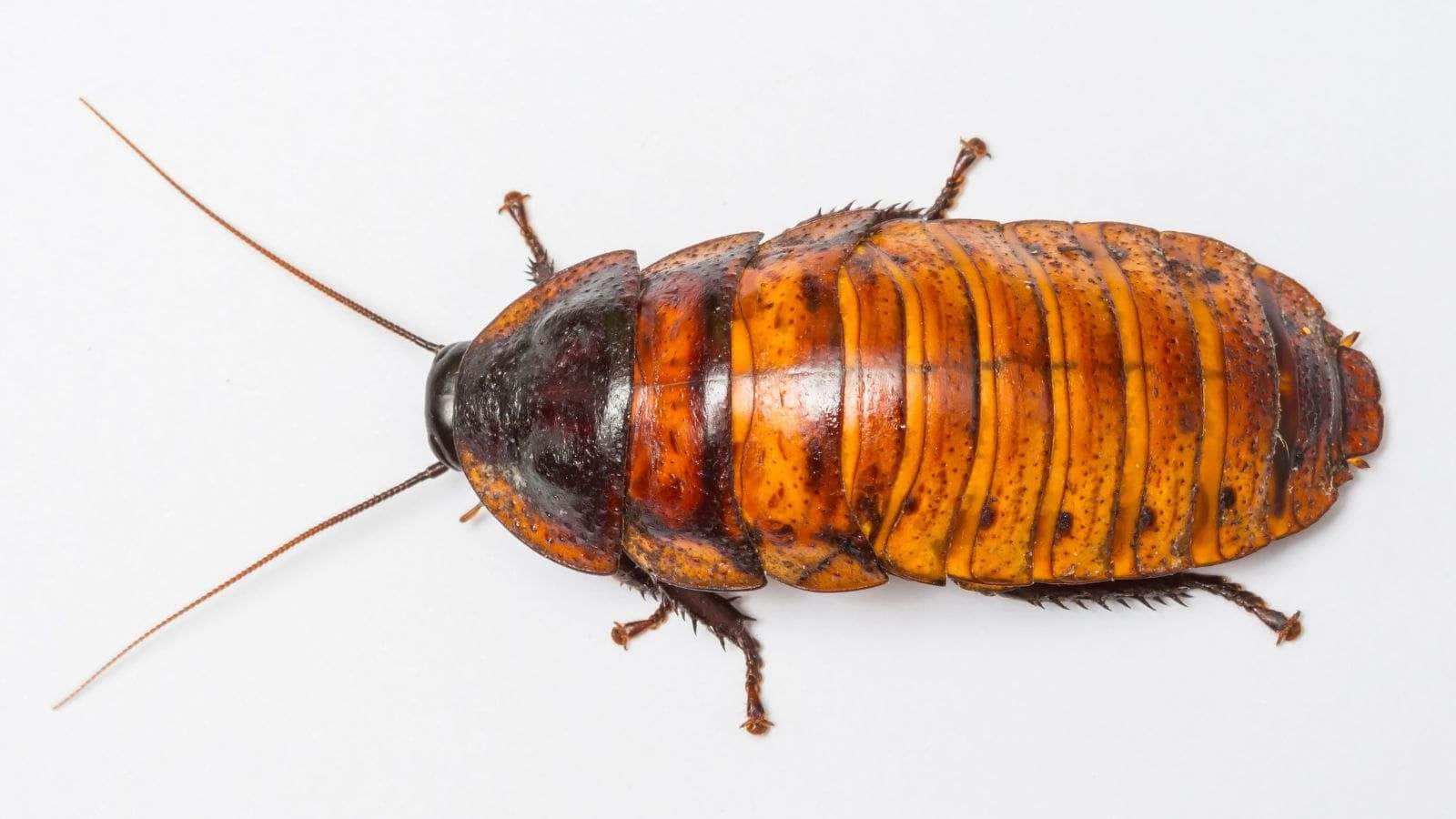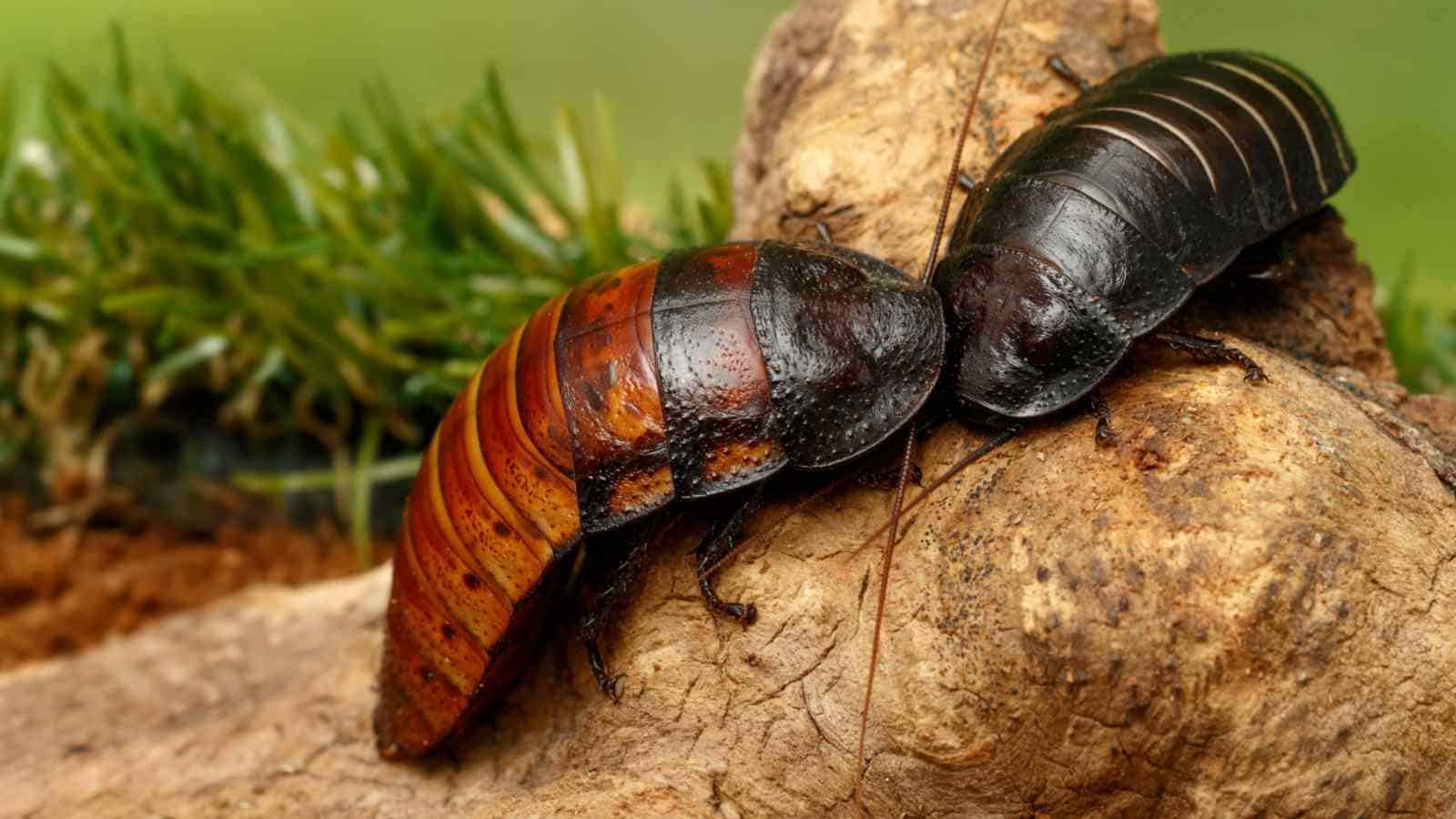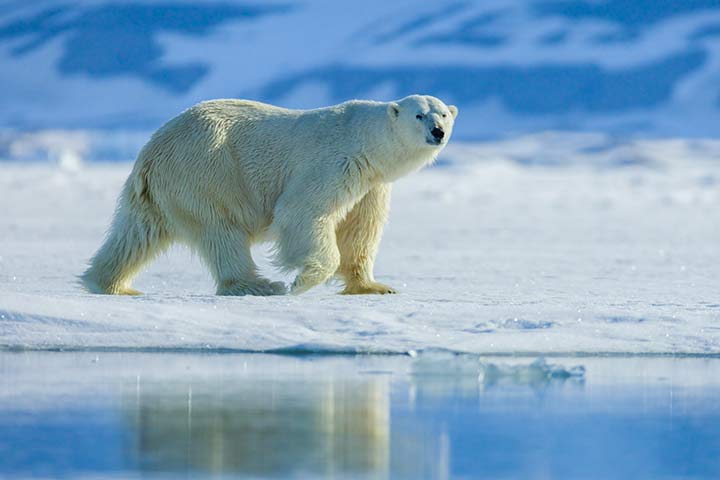Top 10 hunters in animal kingdom
Tarantula spider
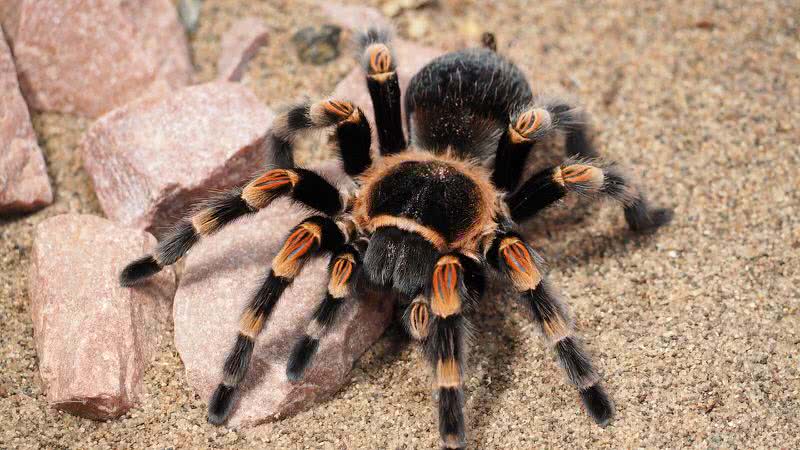
There are hundreds of tarantula species are in the world, found within tropical regions. The 5 inch size body and 11 inch leg span makes them one of skilled hunters in animal world. They are actually nocturnal predators, hide near where small insects pass by, make a sudden swoop upon the sight. The large fangs of tarantula help them to easily kill the prey, no insects can hope a survival from tarantula.
They also used to feed in mice, frogs and small birds. Tarantula injects paralyzing venom upon catching of these kinds of preys. The special type of digestive enzymes also help them to easily suck the preys.
9Black Mamba
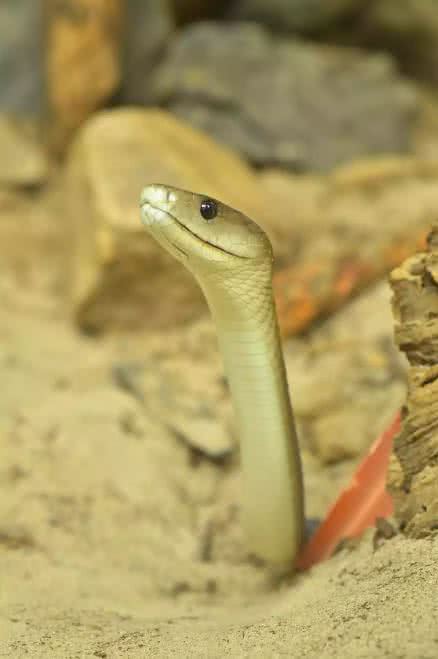
Black mamba is the longest venomous snake of African continent. A grown up black mamba have a length of 14 feet, will raise their head up to height of one third of total body length. They generally hunt for large sized preys such as mammals, also feed on small animals and birds.
Black mambas raise their head while hunting, once they detect the prey make fast forward movement, bite the prey repeatedly. They also follows prey for particular distance if they tries to escape. or larger preys black mambas makes series of bites and for smaller preys such as mice they hold them tightly until every single muscle stops movement.
They are very aggressive upon threatening, bite repeatedly with raising head. They inject large amount of neutro and cardiotoxin on each strike, cause death in very few minute.
8Piranha

One of most dangerous fishes in the world, lives in South American rivers. Using very strong jaws and sharp teeth they used to hunt wide range of preys, even humans, Their strong jaws can easily crush a human within 10 seconds. Their special sensory organs also help them to detect presence of blood at water.
Piranhas generally hunt at nights, for small fishes and aquatic animals. Piranhas also group together for large preys horses, deers…Etc. They also attack humans, several cases reported in Brazil.
7Gray Wolf

Unlike other top predators gray wolf hunts the preys in groups, number ranges between 6 to 10. Gray wolfs locate the preys by their scents through the wind. They never attack on a preys those are stand their ground. The preys like moose, elk and muskoxen usually don’t move from their position, Gray wolfs intimidate them into running.
For smaller preys they attack from all sides, but for larger preys they focused for back and sides to avoid attack from them. Each gray wolf have capacity for socuming 9 kilogram of meat at one sitting.
6Komodo Dragon
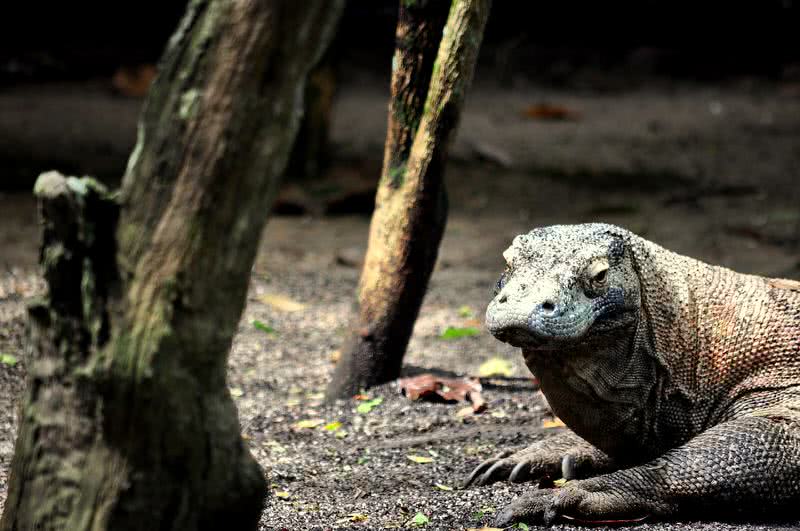
Komodo dragons are largest animal in the species of lizards, found within Indonesian Islands. They weighs up to 70 kilograms and reaches a length of 10 feet. Komodo dragons have keen sense of smell. It help them to locate the preys even from 10 kilometers of distance.
When the suitable preys pass near komodo dragon it make sudden attack. They hit down the targeted preys like pigs and deers using their strong tails and make poisonous bites. Komodo dragon use their flexible skulls and jaws to swallow the smaller preys, consume large amount of meat at one sitting.
5Crocodile

Crocodiles are one of successful aquatic predators, feed on wide range of animals like buffaloes, zebras, wild boars…Etc. Crocodiles are ambush predators, they wait at water edges for the preys that comes for drinking water. Once they comes within the range crocodiles makes sudden attack. Their long and strong jaws help them to catch the preys so easily.
They drags the preys to underwater and spinning around it, completely break the chances for survival. Crocodiles also have very good night vision, used this advantage to hunts animals at night those are weak vision at that time. Their stomach also have power to digest any types of bones and horns of their preys.
4Killer Whale
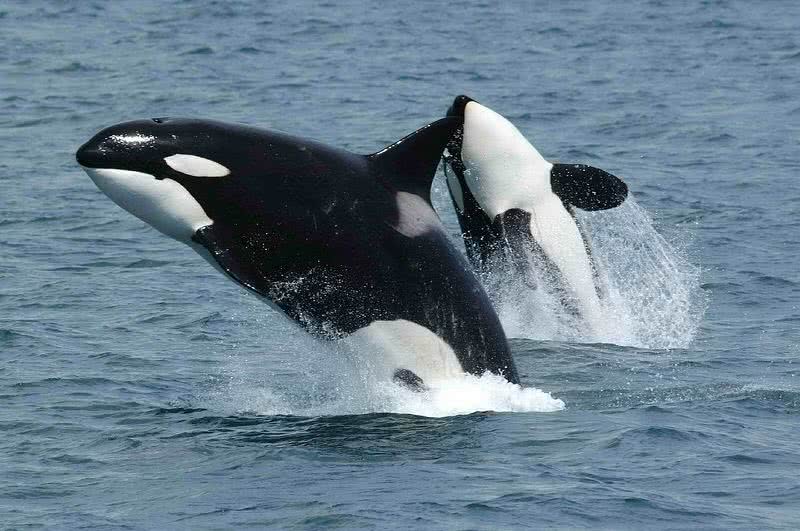
Killer whales are toothed whales found in all oceans, have diverse diet. Their list of prey includes, seals, sea lions, marine mammals and other whales. Killer whales makes group up to 40 individual for hunting. Each group use different kinds of techniques for catching different types of preys. In underwater they make sound and locate the position of aquatic preys when it bounce back.
They also known for making beaching to catch seals at shores, difficult to detect them as comes along with high tides. In arctic and Antarctic region they knocking seals and penguins from large iceberg to water so that they can catch them easily.
3Grizzly Bear
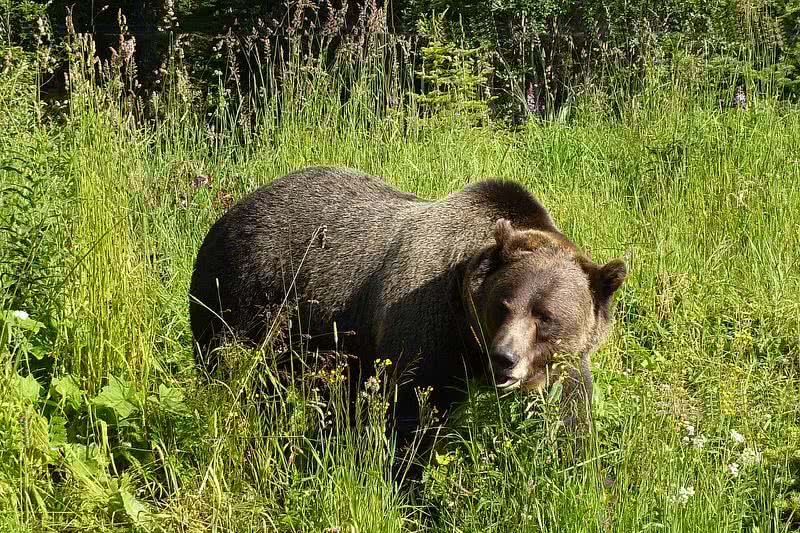
They are subspecies of brown bear found within North American regions. An adult grizzly bear weight between 320 to 370 kilograms and reach up to height of 7 feet. Their huge paws and powerful jaws help them to hunt for large mammals like moose, elk, deer, bison and bighorn sheep easily. The 40 miles per hour speed of this bear also help in chasing the preys.
They are very good at swimming, knows where to find large group of fishes especially salmon, catch them quickly upon jumping. Grizzly bears also capable of chasing fish in water, used special claws to pinning the fishes.
2Lion

Only the large mammals becomes the prey of king of jungle, include buffaloes, wildebeests and even elephants. They usually group together for hunting, lioness mainly lead the hunting, male lion take care of younger ones at that time.
Once they found herd of its prey focused for the closest prey and make sudden attack. The sudden and powerful bite at neck cause death to pry in no time, no chances for escaping. For larger more larger preys like giraffes or elephants they attack from behind. Lion usually make hunting at night to get advantages of reduce visibility at that time.
1Great White Shark
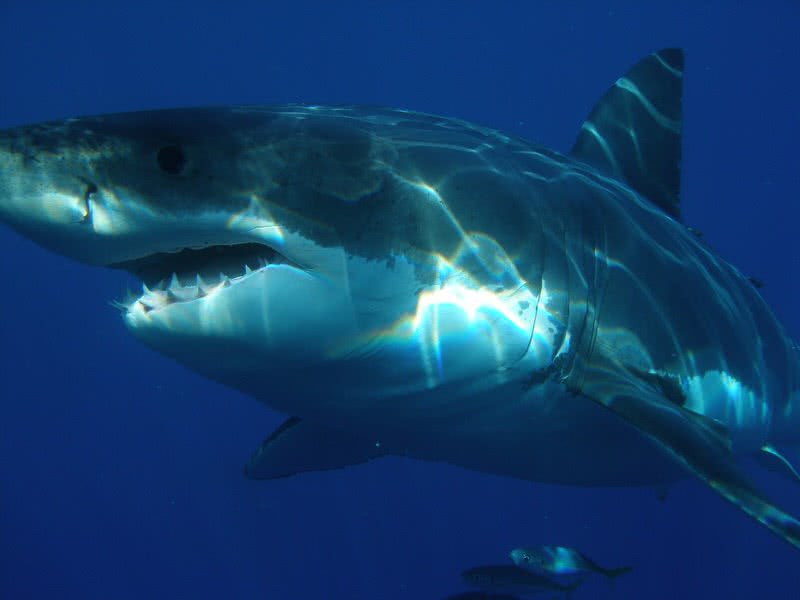
This mindless killing machine is the most successful predator in animal kingdom. It is the largest predatory fish in the world, length ranges between 6 feet to 20 feet, weights up to 2500 kilograms. They usually feed on sea lions, seals, sea turtles, sea otters..Etc.
They have very 300 serrated sharp, triangular teeth that are arranged within different raws. Their keen sense of smell help to locate the preys from kilometers away. Great white sharks makes sudden attack from below, crush down the preys using powerful jaw and teeths.






